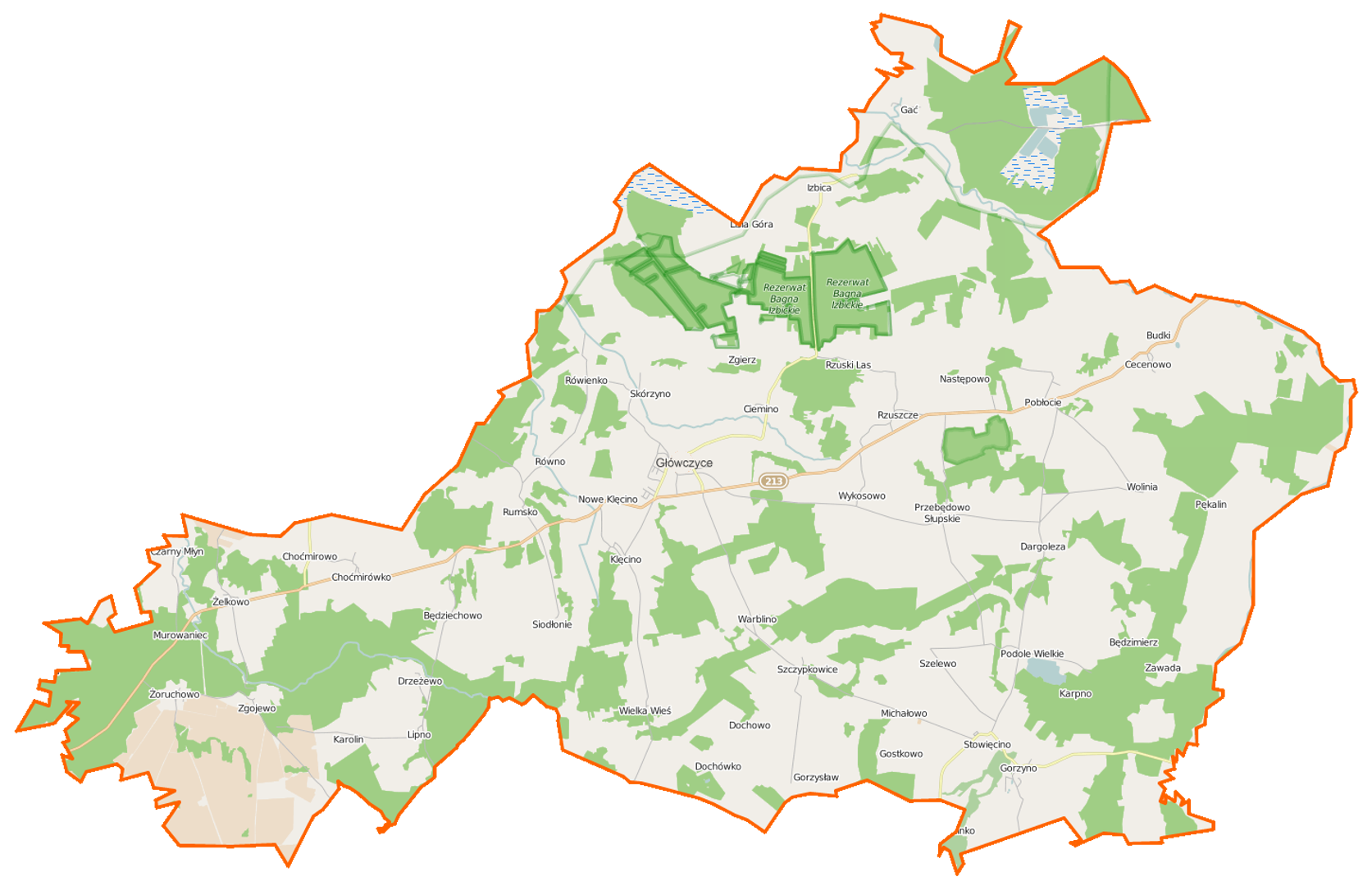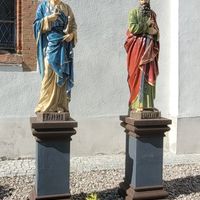Główczyce
7.12

Overview
Gmina Główczyce, located in the Pomeranian Voivodeship within the Słupsk County, covers an area of 323.81 km², making it the largest municipality in the county. The administrative seat of the municipality is the village of Główczyce. The area is characterized by a high percentage of agricultural land (58%) and forests (28%), as well as a rich natural heritage, including parts of the Słowiński National Park and numerous nature reserves such as Bagna Izbickie and Bielice. The municipality boasts numerous architectural monuments, including classical palaces from the 17th to 19th centuries, parks, and churches. In Cecenowo, there is a church from 1867–1868 and a palace with a park; in Izbica, visitors can explore a 19th-century park; and in Stowięcino, a preserved Gothic-Renaissance church from the 15th century can be found. The municipality has rich Kashubian traditions, with a strong influence of Kashubian culture reflected in the language and customs of its inhabitants. In the 19th century, two-thirds of the population of Główczyce spoke the Kashubian language, and the last religious service in this language was held in 1886. The history of the region dates back to the Bronze Age, with archaeological discoveries attesting to the development of metallurgy and pottery. Traces of material culture associated with the Lusatian culture from the third period of the Bronze Age have been found in the area. The rich flora and fauna are also noteworthy, including a large colony of white storks in Cecenowo. Currently, the municipality is experiencing a decline in population, from 9,432 people in 2010 to 8,282 in June 2023, which may impact its further development and the preservation of traditions. Główczyce also offers hiking, cycling, and kayaking trails, making it an attractive destination for fishing and nature enthusiasts.
Location
2025 Wizytor | All Rights Reserved


